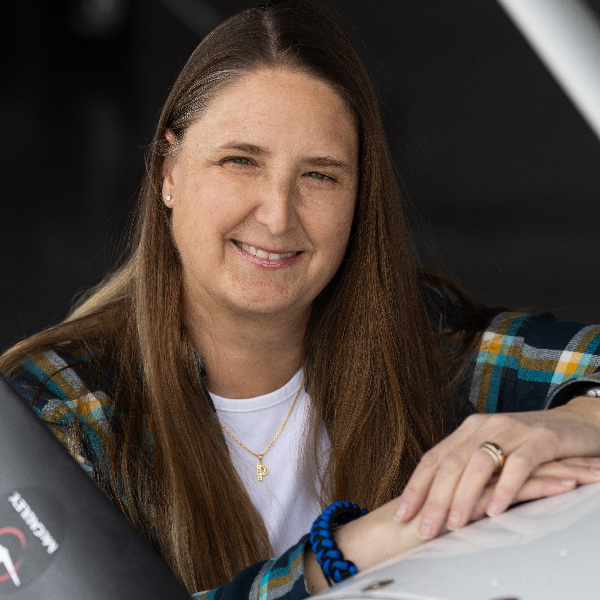Training and Safety Tip: Short means short
Short-field skills set you free
According to the Private Pilot for Airplane Category Airman Certification Standards, every student pilot must become proficient at and successfully demonstrate a short-field takeoff that will clear a 50-foot obstacle.
While not exactly an afterthought, performance maneuvers like these are usually practiced in the theoretical, at an airport with a long, smooth, paved runway that has plenty of room to spare and not an obstacle in sight.
None. Zero. Zilch. Niente. Nada. Null.
You get 50 feet. That is all.
Who knows, the trees at the end of your hypothetical runway could also be 55 feet, or taller. If you head into the backcountry, you might have to guess the height and distance. Leave a margin if it comes to that. Remember that every aircraft’s performance as documented in the pilot’s operating handbook was tested by the manufacturer on a brand-new airframe, with a shiny new engine, under ideal conditions, and flown by a test pilot.
Short- and soft-field operations are a vital skill for every general aviation pilot. Once you get your ticket, knowing how to perform these maneuvers allows you to travel to places you’d never dreamed of, and where terrain, vegetation, or trees often rise close to the normal departure path.
Mastery of these techniques can mean the difference between a safe, comfortable takeoff and a significantly less comfortable one.
Before attempting something like that, be sure you have enough runway for the mission, and the engine performance to clear whatever obstacle might be in your departure path. The aircraft’s specifications can be found in Section 5 of the POH, and takeoff distance must be calculated with weather data including density altitude, wind, and runway surface in mind.
Once you have calculated how much distance you will need, the AOPA Air Safety Institute recommends adding a safety margin to give yourself some wiggle room. Adding 50 percent is a good place to start, depending on your skills, experience, and appetite for risk, as well as the aircraft’s configuration and capabilities. Why? To make up for the fact that you probably don’t have a brand-new engine, you probably don’t have absolutely perfect environmental conditions, and you’re definitely not a test pilot.
In any case, precision is key. An early rotation can result in poor acceleration or a mushy takeoff, especially on soft fields, and any delay eats up precious runway. If engine power is inadequate or acceleration is sluggish, the takeoff must be aborted.
A pilot colleague told me about a recent takeoff from a short, soft field. It was a warm spring morning, he’d done the math, and the results—viewed with three decades of flying experience—told him he’d be fine.
On takeoff roll, he noticed the grass wasn’t mowed, and the sod was wet. His airplane was also not fresh out of the factory. He got out all right but said later that it was the first time the trees came at him so fast.
So, the next time your instructor insists you practice your performance takeoffs, remember that in a real-life situation—at that backcountry fly-in you’ve been looking forward to for months, for example—it's going to look a lot different than on the endless, smooth runway at your home airport. And executing a solid short-field takeoff could save you from embarrassment. Or worse.
Watch this episode of the AOPA Air Safety Institute’s Real Pilot Stories about a backcountry takeoff that went wrong.




